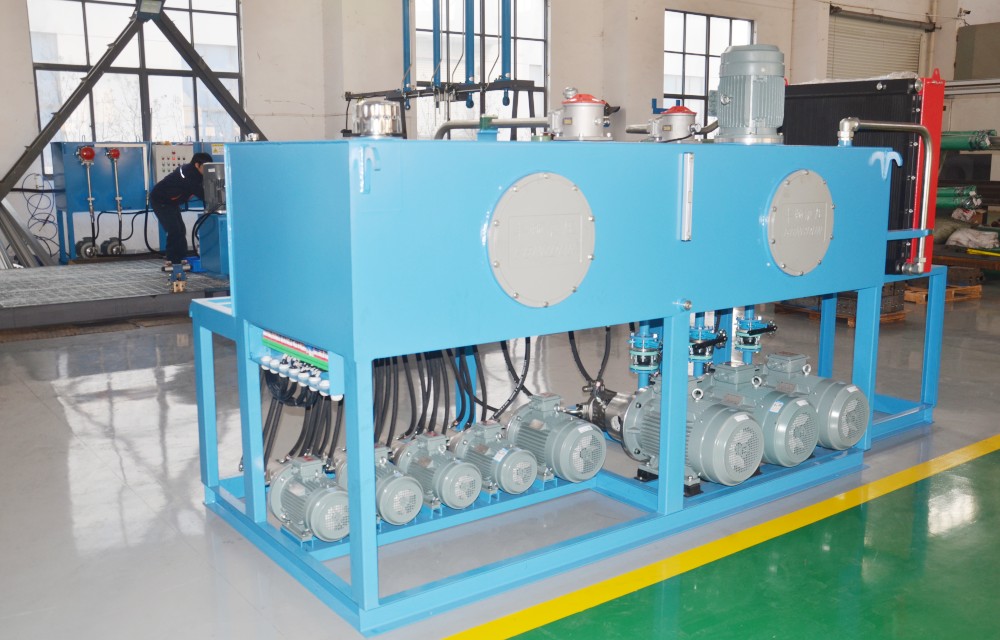Views: 288 Author: Site Editor Publish Time: 2025-07-18 Origin: Site









The pressure adjustment in a hydraulic power unit is primarily achieved by using a relief valve, which regulates and controls the hydraulic oil pressure through the force of a spring. The specific methods for adjusting HPU pressure are as follows:
Manual Adjustment via Relief Valve:
Loosen the adjustment screw on the relief valve and start the equipment. Gradually tighten the screw while observing the pressure gauge. Once the pressure rises to several MPa, stop adjusting and allow the system to run smoothly for a few minutes. Then continue tightening until the desired pressure is reached.
Pressure Relief Through the Relief Valve:
Each hydraulic station is equipped with a relief valve at the pump outlet. Sometimes, due to certain conditions, the pump outlet pressure may exceed the required system pressure. In such cases, the relief valve diverts excess pressure back into the oil tank to maintain system stability.
Direct-Acting Relief Valve:
This type of valve balances hydraulic pressure in the main circuit directly with the force of the pressure adjustment spring acting on the valve spool. Structurally, it typically includes a pressure adjustment spring, adjustment knob or handle, relief port, and pressure measuring surface. Despite their simple design and high sensitivity, direct-acting relief valves are affected by changes in flow, which can lead to large pressure deviations. They are more suitable for low-flow or safety valve applications, rather than for high-pressure systems.
Pilot-Operated Relief Valve:
In this valve type, the main spring only serves to overcome spool friction and has a low stiffness. When overflow occurs and the spring compresses, the change in spring force is minimal, which results in minimal pressure variation at the valve inlet. These valves offer high pressure regulation accuracy and are widely used in high-pressure and high-flow hydraulic systems. However, due to friction during spool movement, the valve’s opening and closing characteristics differ.
Direct-Acting Relief Valve:
Simple structure
High sensitivity
Prone to pressure fluctuation due to flow variation
Not suitable for high-pressure, high-flow conditions
Commonly used for safety or low-precision pressure regulation
Pilot-Operated Relief Valve:
High pressure regulation precision
Stable operation under high flow and high pressure
Prone to pressure fluctuation due to flow variation
Ideal for critical applications requiring pressure consistency
Under normal operating conditions, the relief valve remains closed. When the system load exceeds a preset limit (i.e., system pressure surpasses the set pressure), the relief valve opens to provide overload protection. This prevents the system pressure from continuing to rise. Typically, the relief valve pressure is set 10%–20% higher than the system’s working pressure to ensure safety and reliability.
